Oído vegetal (Vegetal Ear)
Guatemala City
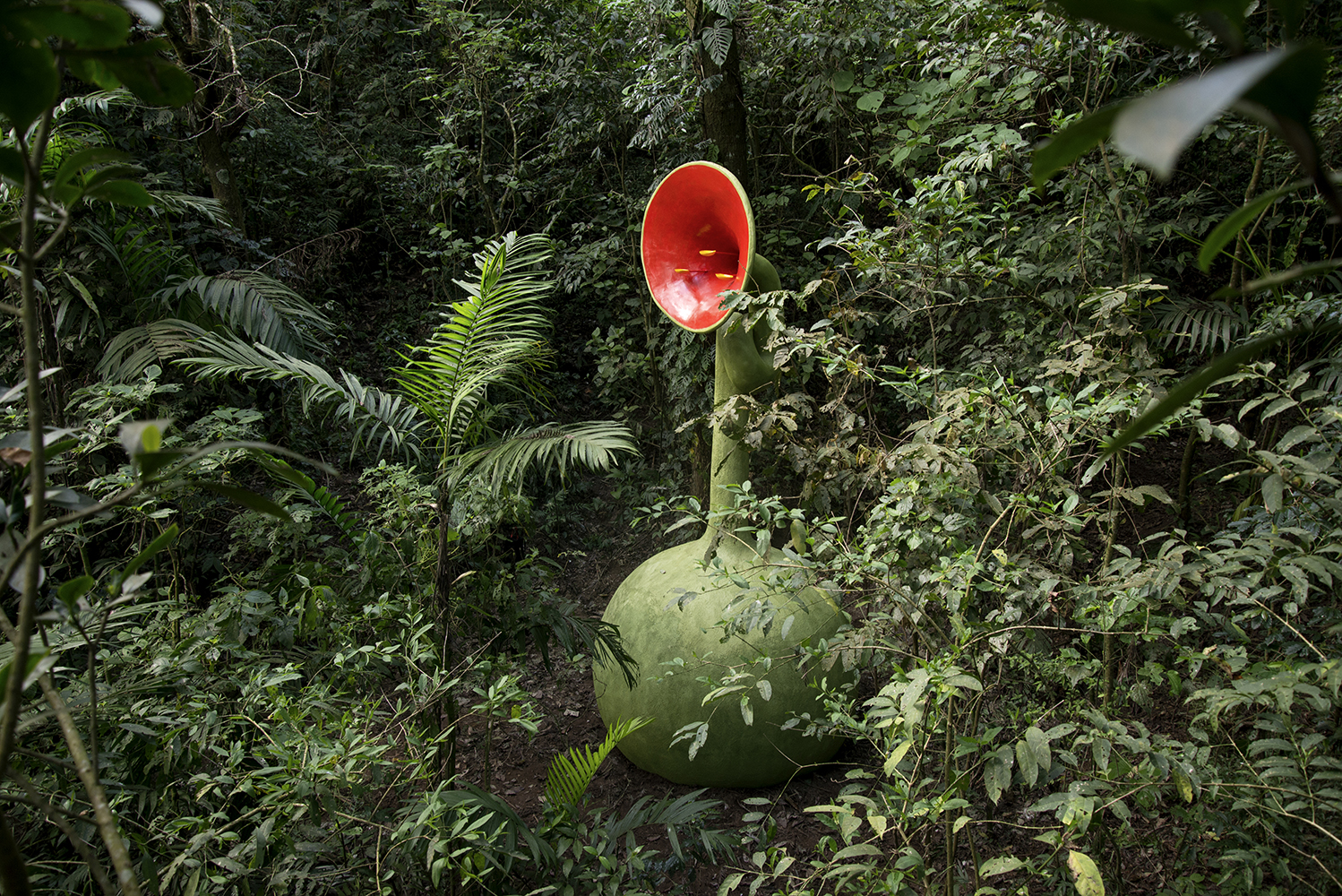
Oído vegetal (Vegetal Ear)
2021 Exhibition view Green Rush, Guatemala City
Oído vegetal (Vegetal Ear)
2021 Exhibition view Green Rush, Guatemala City
Oído vegetal (Vegetal Ear)
2021 (Detail) Semi-permanent site specific installation 255 x 98.4 x 98.4 in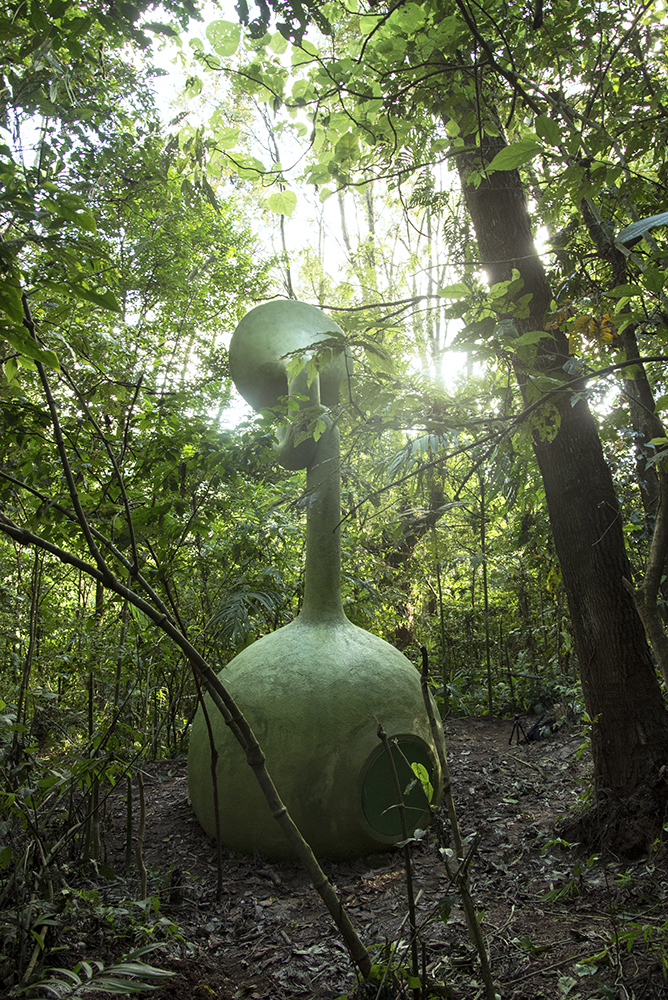
Oído vegetal (Vegetal Ear)
2021 Exhibition view Green Rush, Guatemala City
Oído vegetal (Vegetal Ear)
2021 Exhibition view Green Rush, Guatemala City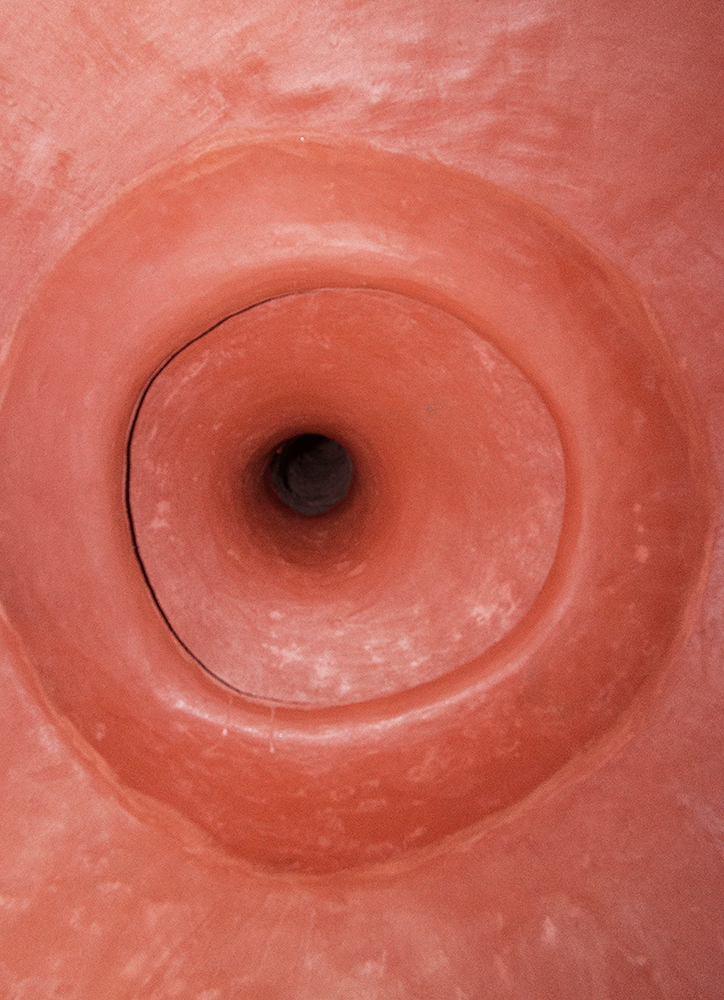
Oído vegetal (Vegetal Ear)
2021 (Detail) Semi-permanent site specific installation 255 x 98.4 x 98.4 in
Oído vegetal (Vegetal Ear)
2021 Semi-permanent site specific installation 255 x 98.4 x 98.4 in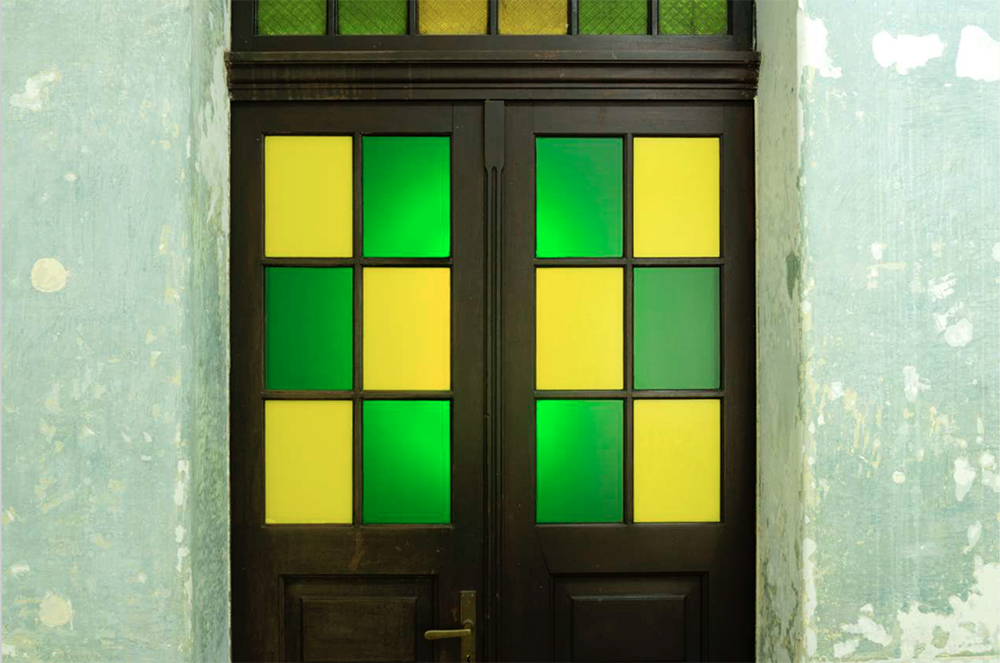
Oído vegetal (Vegetal Ear)
2021 Exhibition view Proyectos Ultravioleta, Guatemala City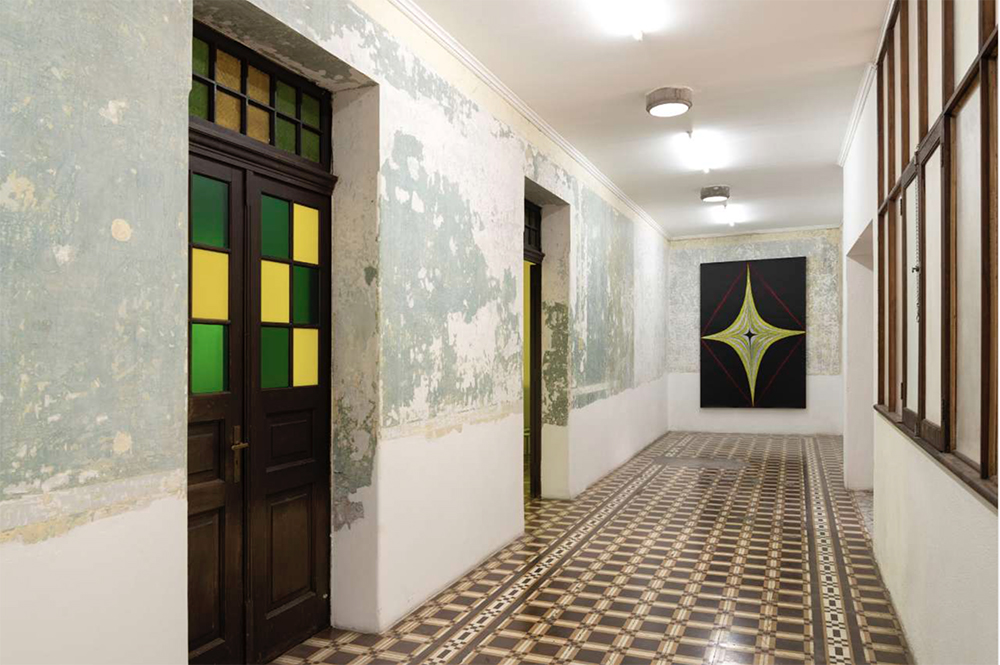
Oído vegetal (Vegetal Ear)
2021 Exhibition view Proyectos Ultravioleta, Guatemala City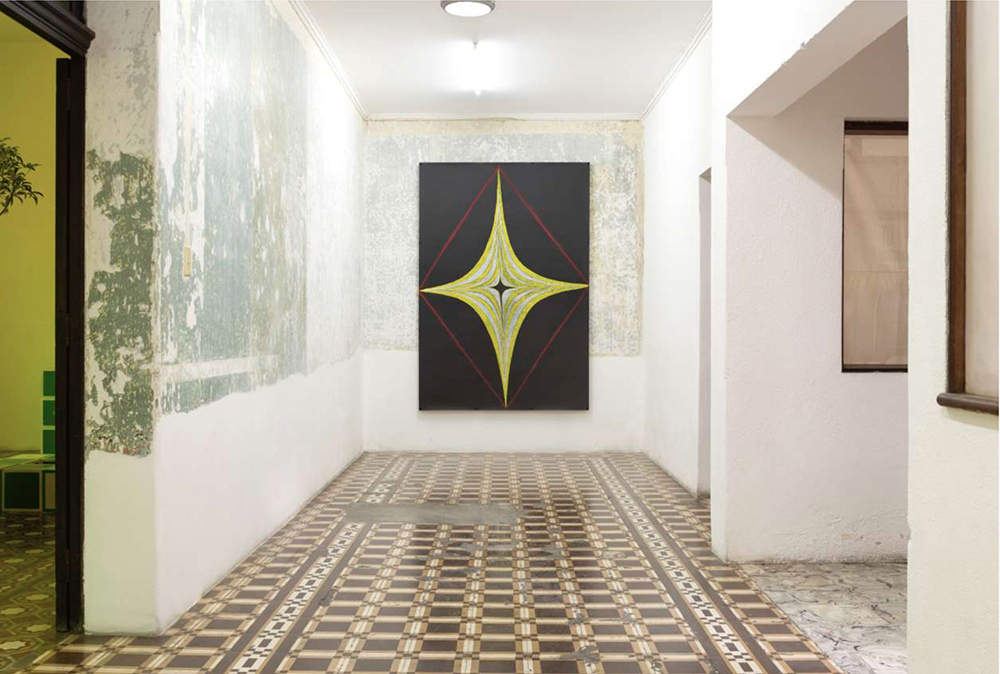
Oído vegetal (Vegetal Ear)
2021 Exhibition view Proyectos Ultravioleta, Guatemala City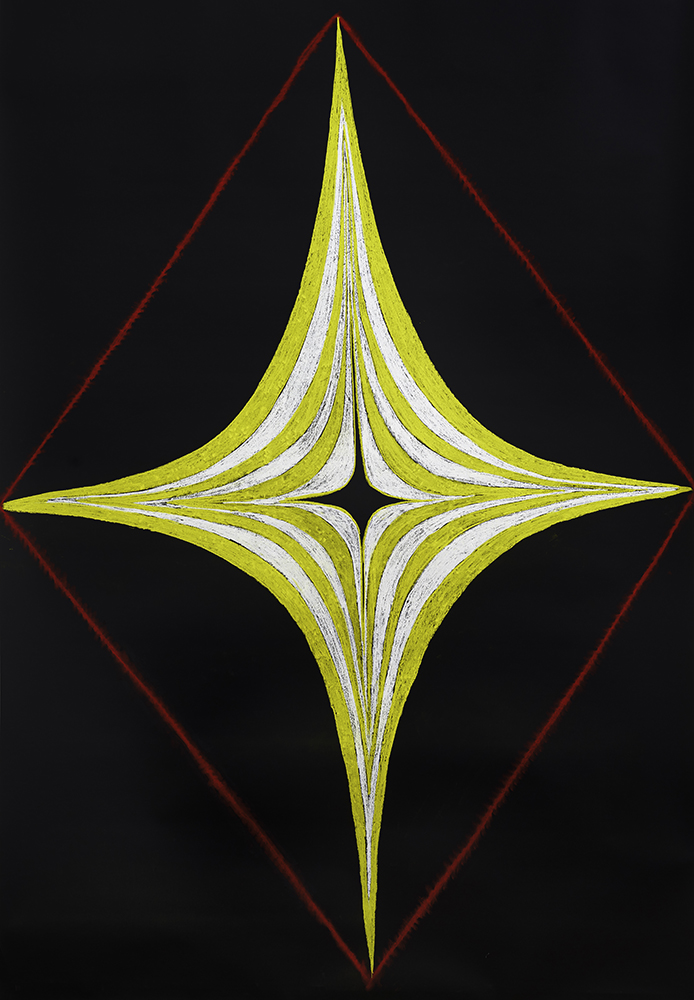
Luz crea ojo, ojo crea distancia, distancia crea tacto, tacto crea afecto (Light Creates Eye, Eye Creates Distance, Distance Creates Touch, Touch Creates Affection)
2021 Chalk pastel on paper 59 x 86.6 in
Oído vegetal (Vegetal Ear)
2021 Exhibition view Proyectos Ultravioleta, Guatemala City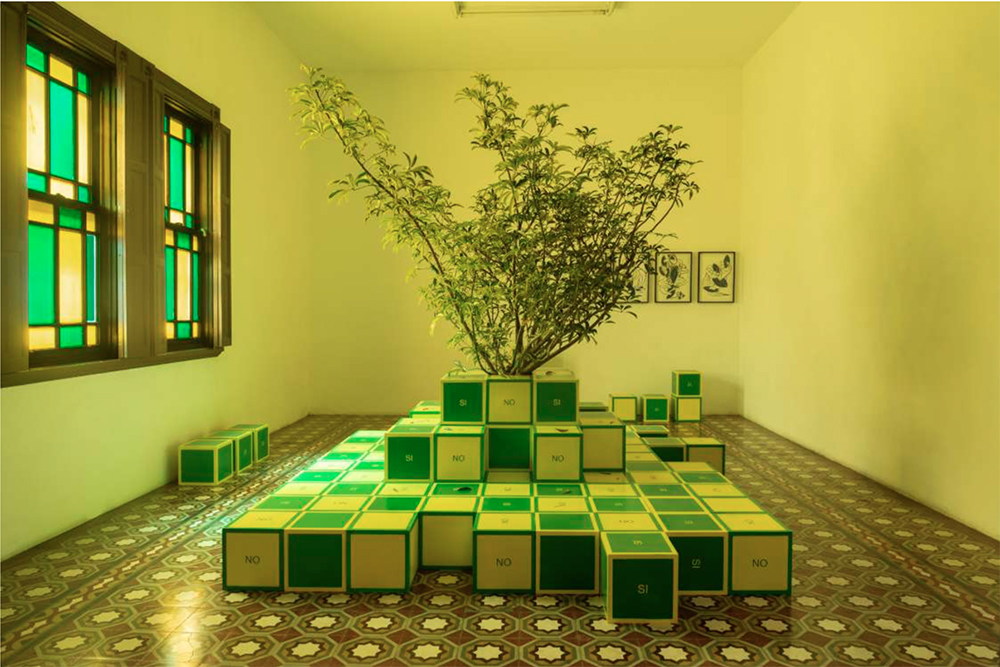
Oráculo vegetal (Vegetal Oracle)
2021 Tree and painted wooden cubes 85.8 x 98.4 x 88.7 in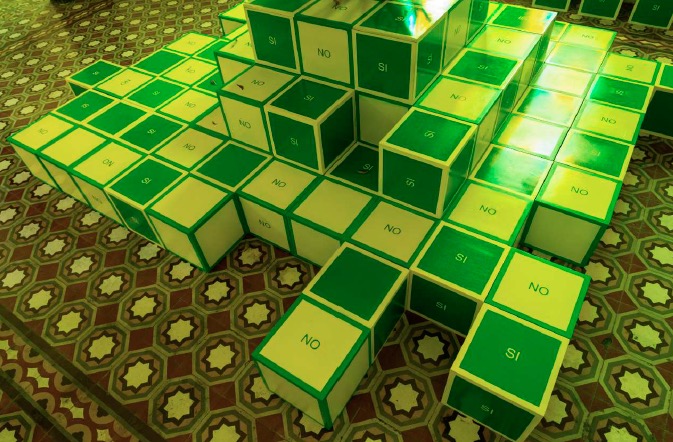
Oído vegetal (Vegetal Ear)
2021 Exhibition view Proyectos Ultravioleta, Guatemala City
Oído vegetal (Vegetal Ear)
2021 Exhibition view Proyectos Ultravioleta, Guatemala City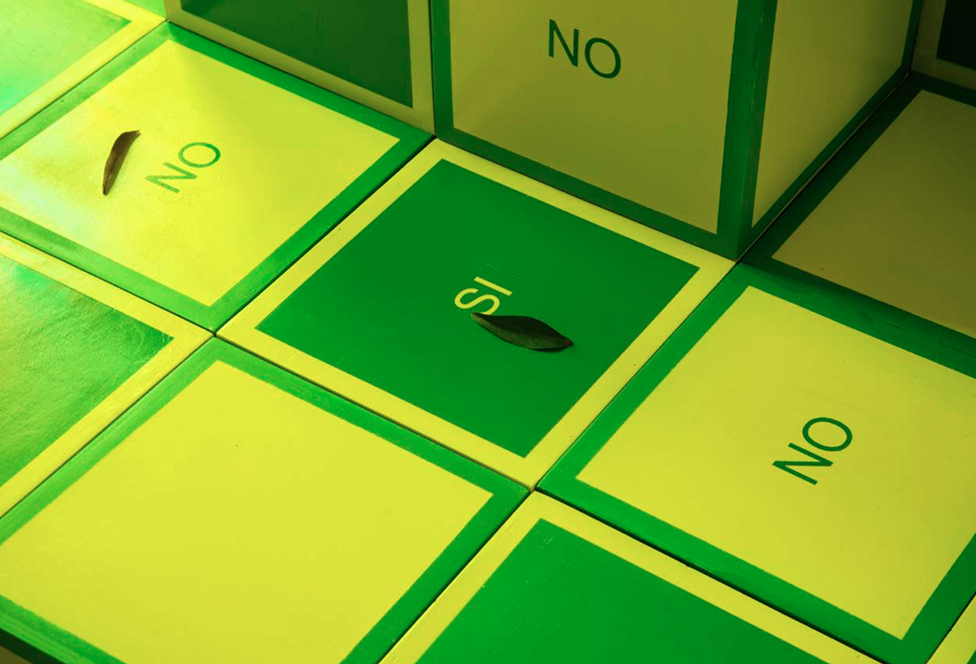
Oído vegetal (Vegetal Ear)
2021 Exhibition view Proyectos Ultravioleta, Guatemala City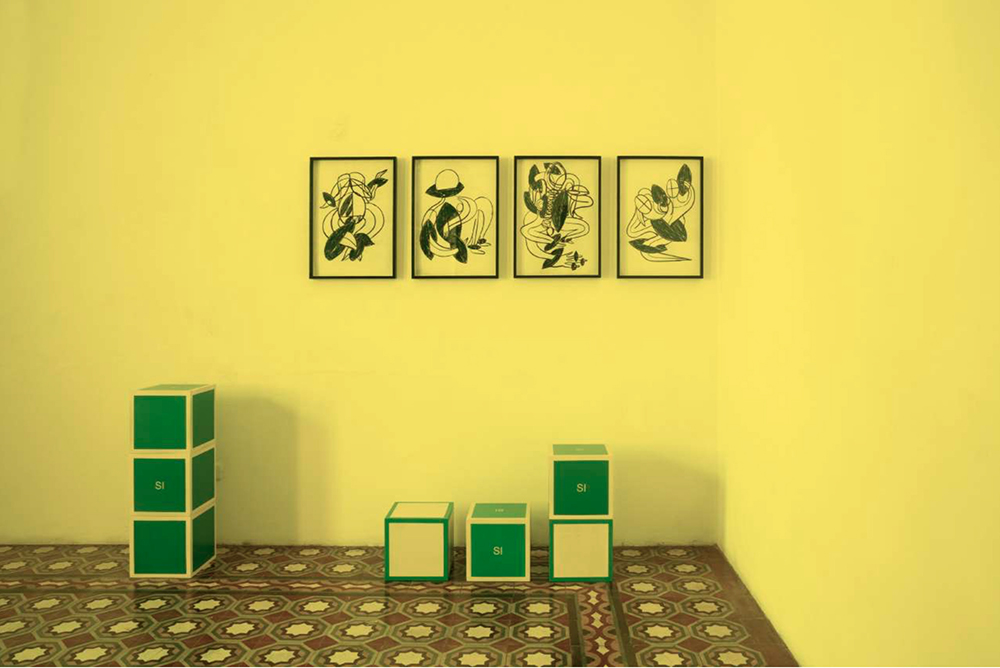
Oído vegetal (Vegetal Ear)
2021 Exhibition view Proyectos Ultravioleta, Guatemala City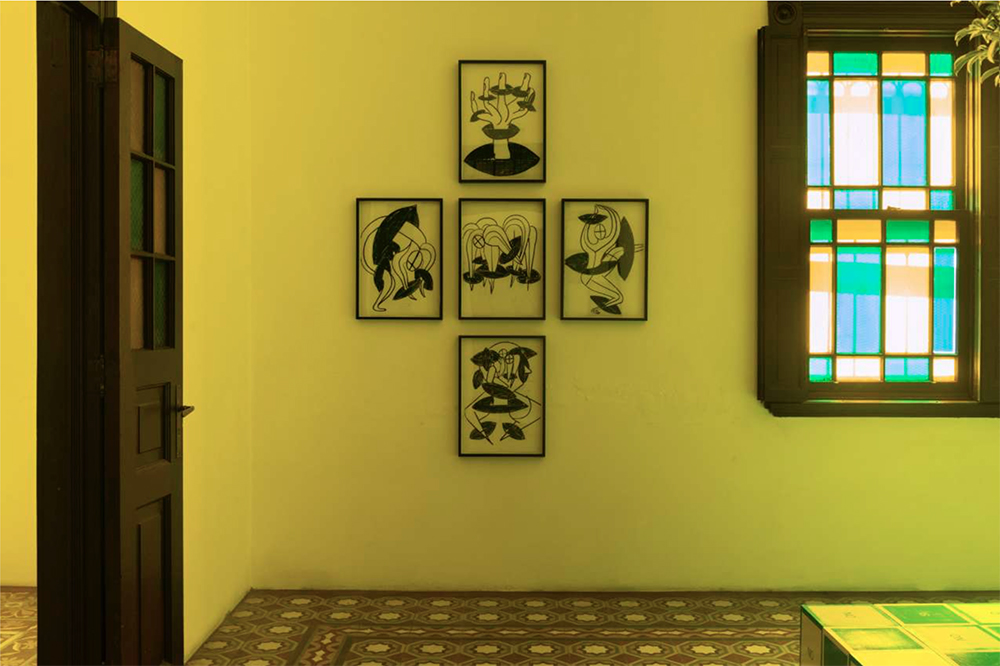
Oído vegetal (Vegetal Ear)
2021 Exhibition view Proyectos Ultravioleta, Guatemala City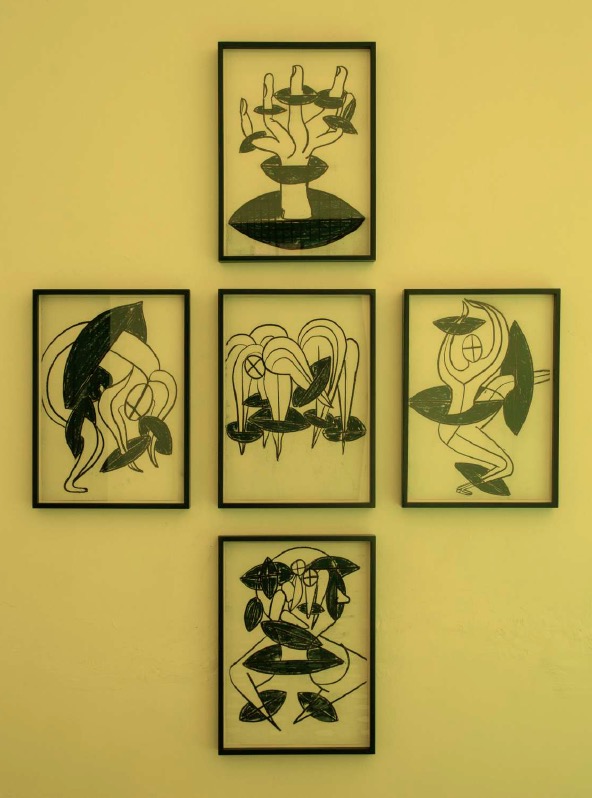
Oído vegetal (Vegetal Ear)
2021 Exhibition view Proyectos Ultravioleta, Guatemala City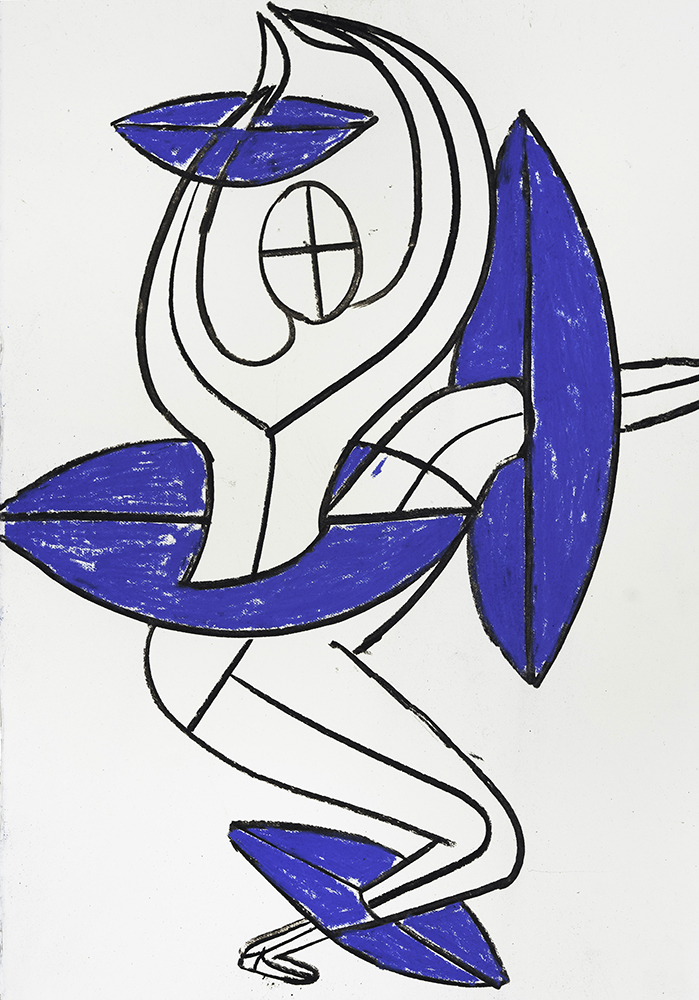
La danza de la caída de las hojas (The dance of the falling leaves)
2021 Chalk pastel on paper 19.6 x 13.7 in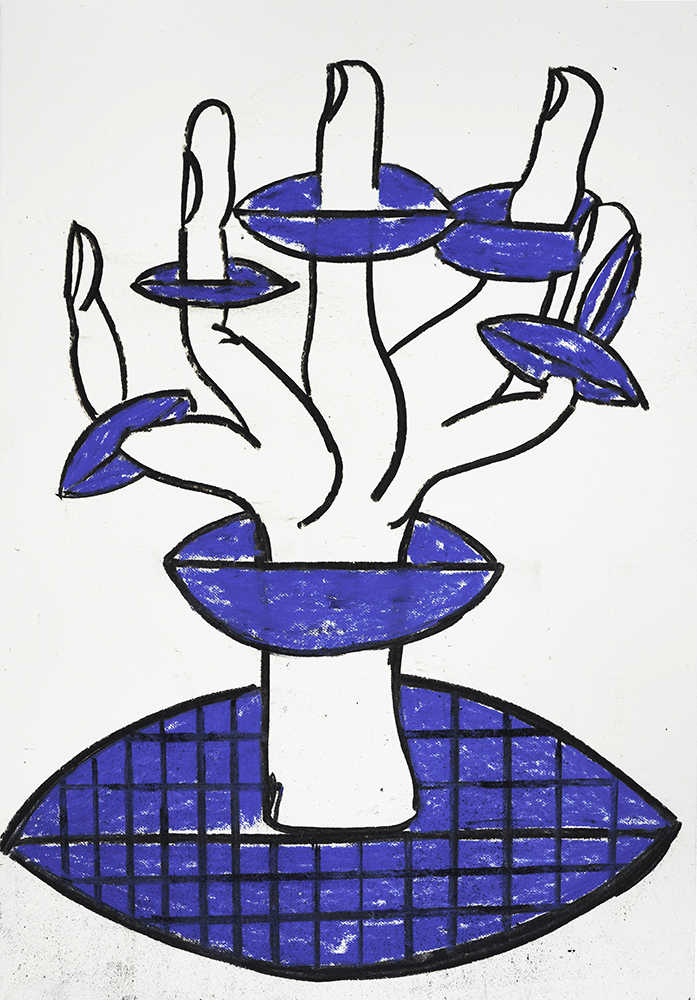
La danza de la caída de las hojas (The dance of the falling leaves)
2021 Chalk pastel on paper 19.6 x 13.7 in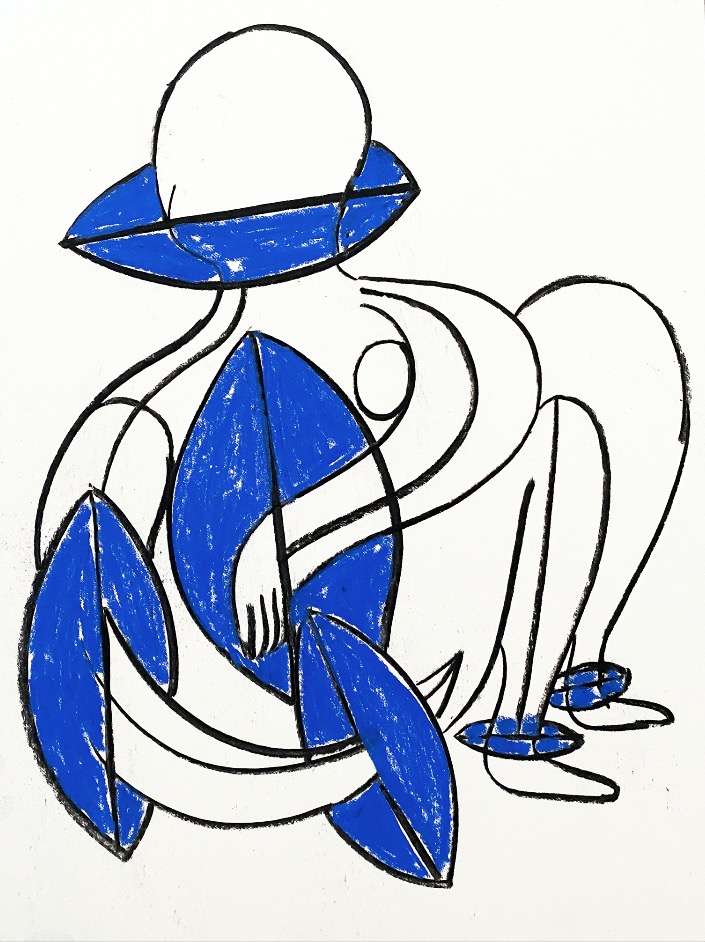
La danza de la caída de las hojas (The dance of the falling leaves)
2021 Chalk pastel on paper 19.6 x 13.7 in
La danza de la caída de las hojas (The dance of the falling leaves)
2021 Chalk pastel on paper 19.6 x 13.7 in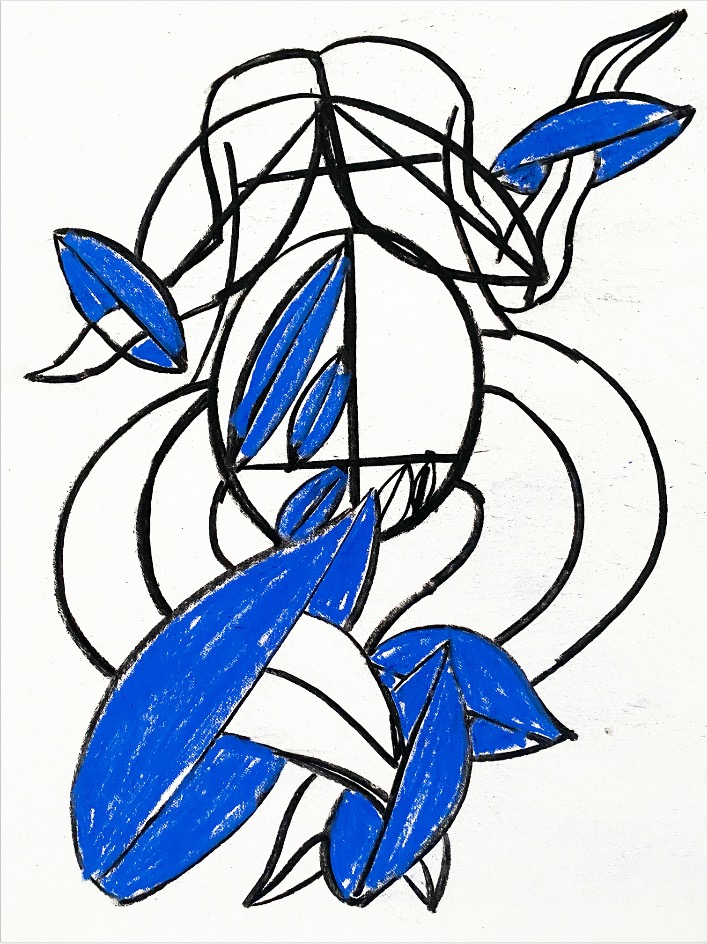
La danza de la caída de las hojas (The dance of the falling leaves)
2021 Chalk pastel on paper 19.6 x 13.7 in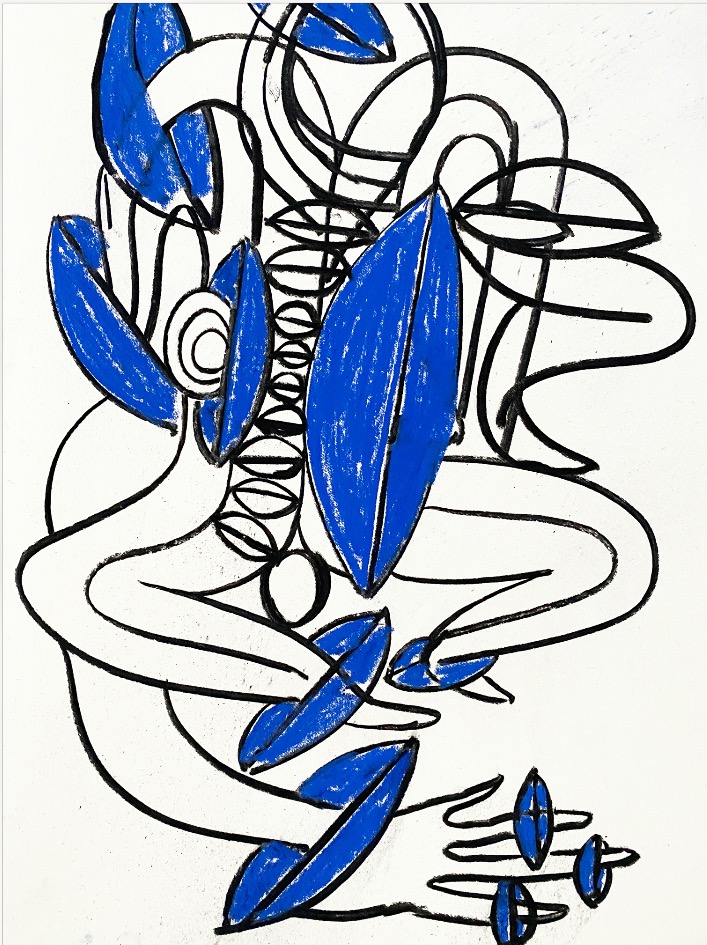
La danza de la caída de las hojas (The dance of the falling leaves)
2021 Chalk pastel on paper 19.6 x 13.7 in
La danza de la caída de las hojas (The dance of the falling leaves)
2021 Chalk pastel on paper 19.6 x 13.7 in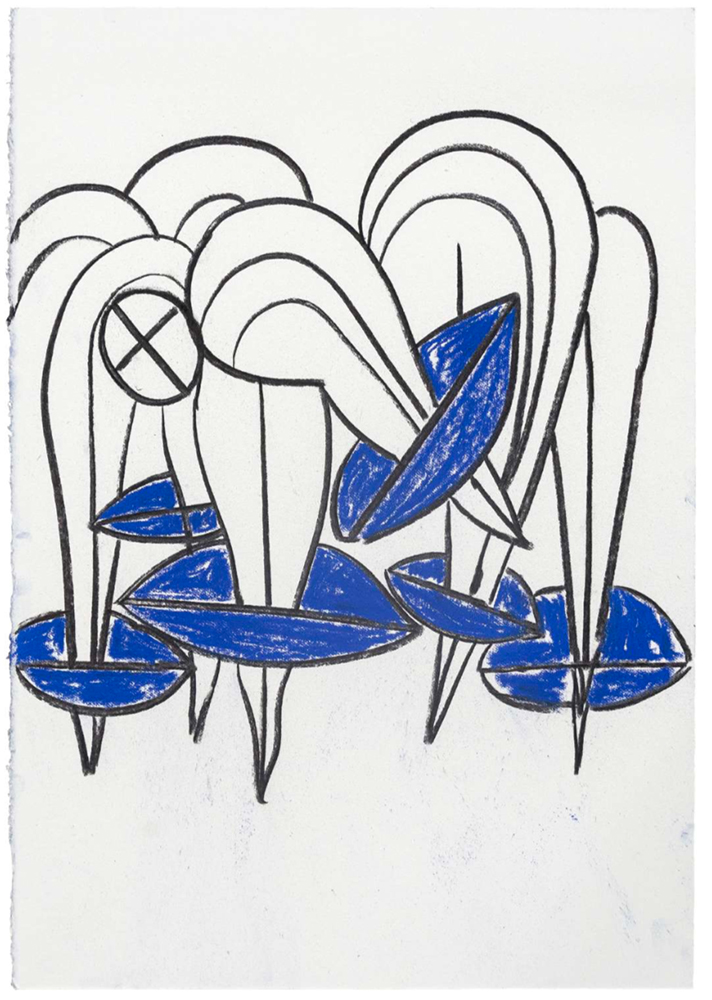
La danza de la caída de las hojas (The dance of the falling leaves)
2021 Chalk pastel on paper 19.6 x 13.7 in
La danza de la caída de las hojas (The dance of the falling leaves)
2021 Chalk pastel on paper 19.6 x 13.7 in
La danza de la caída de las hojas (The dance of the falling leaves)
2021 Chalk pastel on paper 19.6 x 13.7 in (each)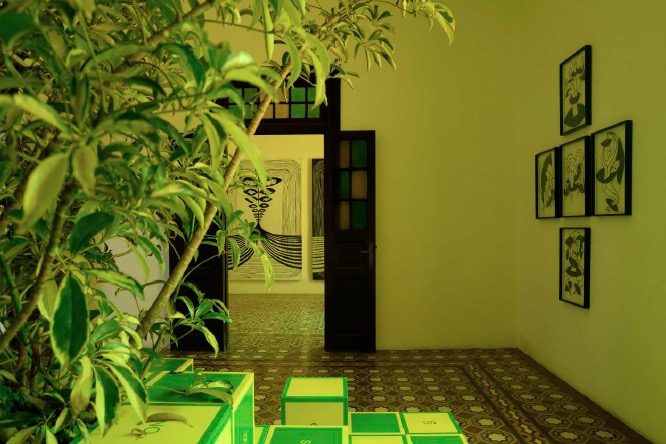
Oído vegetal (Vegetal Ear)
2021 Exhibition view Proyectos Ultravioleta, Guatemala City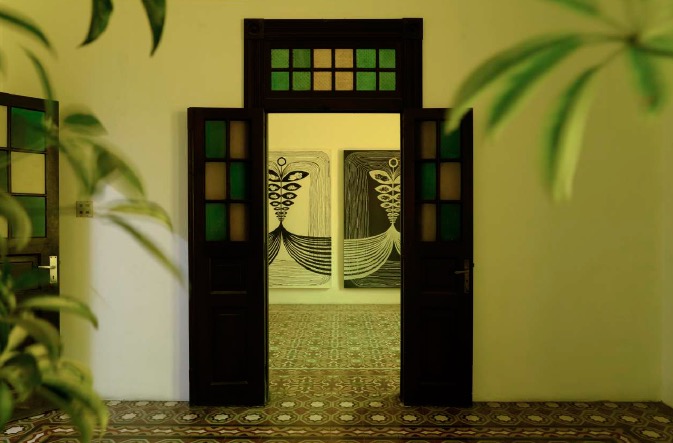
Oído vegetal (Vegetal Ear)
2021 Exhibition view Proyectos Ultravioleta, Guatemala City
Oído vegetal (Vegetal Ear)
2021 Exhibition view Proyectos Ultravioleta, Guatemala City
Oído vegetal (Vegetal Ear)
2021 Exhibition view Proyectos Ultravioleta, Guatemala City
Oído vegetal (Vegetal Ear)
2021 Exhibition view Proyectos Ultravioleta, Guatemala City
Oído vegetal (Vegetal Ear)
2021 Exhibition view Proyectos Ultravioleta, Guatemala City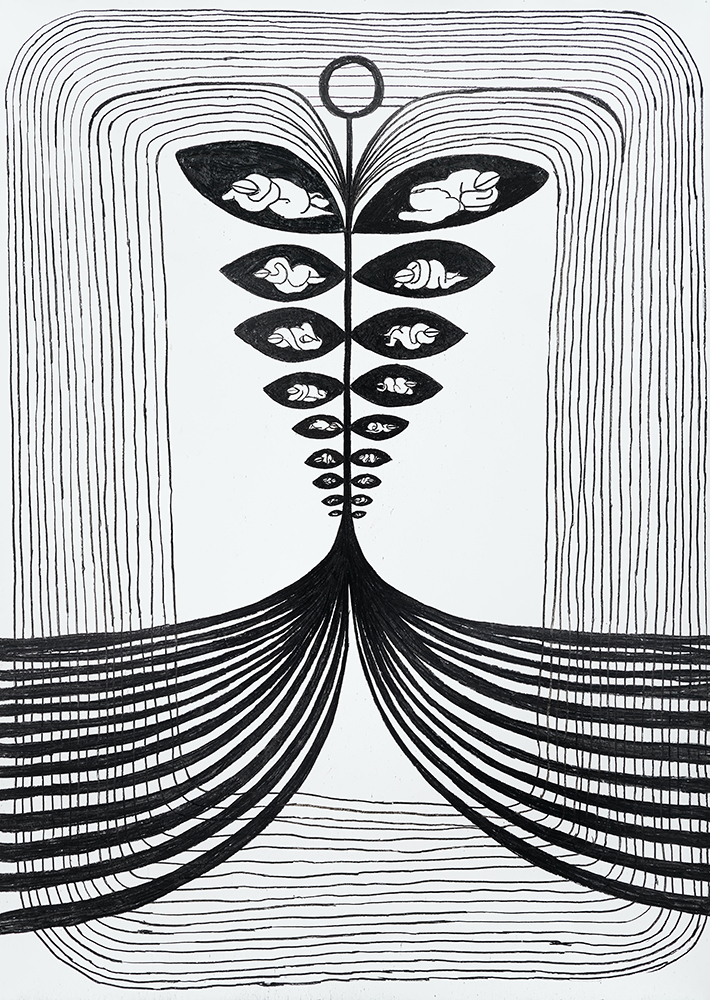
Espejo del día y la noche (díptico) (Mirror of Day and Night (Diptych))
2021 Chalk pastel on paper 59 x 86.6 in
Espejo del día y la noche (díptico) (Mirror of Day and Night (Diptych))
2021 Chalk pastel on paper 59 x 86.6 in
Espejo del día y la noche (díptico) (Mirror of Day and Night (Diptych))
2021 Chalk pastel on paper 59 x 86.6 in (each)

Oído vegetal (Vegetal Ear)
2021 Exhibition view Green Rush, Guatemala City
Oído vegetal (Vegetal Ear)
2021 Exhibition view Green Rush, Guatemala City
Oído vegetal (Vegetal Ear)
2021 (Detail) Semi-permanent site specific installation 255 x 98.4 x 98.4 in
Oído vegetal (Vegetal Ear)
2021 Exhibition view Green Rush, Guatemala City
Oído vegetal (Vegetal Ear)
2021 Exhibition view Green Rush, Guatemala City
Oído vegetal (Vegetal Ear)
2021 (Detail) Semi-permanent site specific installation 255 x 98.4 x 98.4 in
Oído vegetal (Vegetal Ear)
2021 Semi-permanent site specific installation 255 x 98.4 x 98.4 in
Oído vegetal (Vegetal Ear)
2021 Exhibition view Proyectos Ultravioleta, Guatemala City
Oído vegetal (Vegetal Ear)
2021 Exhibition view Proyectos Ultravioleta, Guatemala City
Oído vegetal (Vegetal Ear)
2021 Exhibition view Proyectos Ultravioleta, Guatemala City
Luz crea ojo, ojo crea distancia, distancia crea tacto, tacto crea afecto (Light Creates Eye, Eye Creates Distance, Distance Creates Touch, Touch Creates Affection)
2021 Chalk pastel on paper 59 x 86.6 in
Oído vegetal (Vegetal Ear)
2021 Exhibition view Proyectos Ultravioleta, Guatemala City
Oráculo vegetal (Vegetal Oracle)
2021 Tree and painted wooden cubes 85.8 x 98.4 x 88.7 in
Oído vegetal (Vegetal Ear)
2021 Exhibition view Proyectos Ultravioleta, Guatemala City
Oído vegetal (Vegetal Ear)
2021 Exhibition view Proyectos Ultravioleta, Guatemala City
Oído vegetal (Vegetal Ear)
2021 Exhibition view Proyectos Ultravioleta, Guatemala City
Oído vegetal (Vegetal Ear)
2021 Exhibition view Proyectos Ultravioleta, Guatemala City
Oído vegetal (Vegetal Ear)
2021 Exhibition view Proyectos Ultravioleta, Guatemala City
Oído vegetal (Vegetal Ear)
2021 Exhibition view Proyectos Ultravioleta, Guatemala City
La danza de la caída de las hojas (The dance of the falling leaves)
2021 Chalk pastel on paper 19.6 x 13.7 in
La danza de la caída de las hojas (The dance of the falling leaves)
2021 Chalk pastel on paper 19.6 x 13.7 in
La danza de la caída de las hojas (The dance of the falling leaves)
2021 Chalk pastel on paper 19.6 x 13.7 in
La danza de la caída de las hojas (The dance of the falling leaves)
2021 Chalk pastel on paper 19.6 x 13.7 in
La danza de la caída de las hojas (The dance of the falling leaves)
2021 Chalk pastel on paper 19.6 x 13.7 in
La danza de la caída de las hojas (The dance of the falling leaves)
2021 Chalk pastel on paper 19.6 x 13.7 in
La danza de la caída de las hojas (The dance of the falling leaves)
2021 Chalk pastel on paper 19.6 x 13.7 in
La danza de la caída de las hojas (The dance of the falling leaves)
2021 Chalk pastel on paper 19.6 x 13.7 in
La danza de la caída de las hojas (The dance of the falling leaves)
2021 Chalk pastel on paper 19.6 x 13.7 in
La danza de la caída de las hojas (The dance of the falling leaves)
2021 Chalk pastel on paper 19.6 x 13.7 in (each)
Oído vegetal (Vegetal Ear)
2021 Exhibition view Proyectos Ultravioleta, Guatemala City
Oído vegetal (Vegetal Ear)
2021 Exhibition view Proyectos Ultravioleta, Guatemala City
Oído vegetal (Vegetal Ear)
2021 Exhibition view Proyectos Ultravioleta, Guatemala City
Oído vegetal (Vegetal Ear)
2021 Exhibition view Proyectos Ultravioleta, Guatemala City
Oído vegetal (Vegetal Ear)
2021 Exhibition view Proyectos Ultravioleta, Guatemala City
Oído vegetal (Vegetal Ear)
2021 Exhibition view Proyectos Ultravioleta, Guatemala City
Espejo del día y la noche (díptico) (Mirror of Day and Night (Diptych))
2021 Chalk pastel on paper 59 x 86.6 in
Espejo del día y la noche (díptico) (Mirror of Day and Night (Diptych))
2021 Chalk pastel on paper 59 x 86.6 in
Espejo del día y la noche (díptico) (Mirror of Day and Night (Diptych))
2021 Chalk pastel on paper 59 x 86.6 in (each)
Vegetal Ear
Part One:
“The leaf, while it is attached to the tree”
A shinny red eardrum pokes above the lush vegetation of a broadleaf forest in Guatemala. Shaped like a large flower, with three yellow pistils acting like antennae and rain containers for birds to drink from, her auditory tube curls down towards the earth leading to a large green cocoon. Flowers are an extraordinary technology for inter-species communication: their ferocious beauty holds the intersection between plant and animal worlds, where evolution and reproduction collide. We are invited into this calm, sensuous, vegetal womb, which renders dark as we close its door.
Plants have no organs, their functions are not concentrated in a single part of their anatomy: they breathe, perceive, feed, and reproduce over their entire extension. Inside this vegetal ear, we lose our sense of vision in an exercise of expanding our auditory one, of perceiving throughout our whole bodies. The tube gently filters the sounds of the forest. Here we can practice deep listening. Yet there is no spectacle: it is just an act of contemplation. We enter a state of meditative consciousness, vegetal mindfulness, total self-collectedness, or ‘samadhi’.
As we walk out and step into the light, we appreciate the vegetal way of attending to the elements by being together with them, by becoming them: sunlight, moisture, air, warmth, soil. This gigantic flower, this public sculpture, becomes an emotional technology to develop elasticity, empathy, and contemplation. By entering this vegetal, expansive world we can imagine others more nourishing for all species. Perhaps in 7,000 years flowers will take control of all human infrastructures, telecommunications will occur via pollen, petals will provide shelter and roots will feed our descendants. Can we envision a future where plants become oracles and each of our decisions is consulted with them?
There are many ways to be a flower.
. . . . . . . . . . . . . . . . . . . . . . . . . . . . . . . . . . . . . .
Part Two:
“The leaf, as it falls and decays.”
(the sound of leaves falling)
We are ejected from a yellow, rhomboidal shape floating in a charcoal universe. We open our eyes after 100 years of deep sleep. We
breathe green light. Wrenched, we move in circular motions, like circadian rhythms. We cross an ocean of ceramic Moorish flowered tiles. We arrive at a chapel.
“The soul is the greening power of the body” Hildegaarde of Bingen
(12th century).
(the sound of leaves falling)
We stretch an arm so far that it caresses all the walls of the room until it meets a door with green and yellow stained glass in a grid. As we open it, we interrupt a haphazard dance, in charcoal and blue pastel, of bodies and leaves tangling and crossing each other. We join in.
“Everyone wanted to be a plant, to eat through the skin, to forget their past, to let go of their organs” Eduardo Navarro (2022).
(the sound of leaves falling)
We arrive at a public square, conscious and carbonic. In its center, an umbrella tree invents games of chance while dropping its leaves. YES YES NO YES NO YES NO NO YES NO YES NO YES YES YES NO. We ask a million questions with our mouths swollen. Chance only concerns the finite, the body, our consciousness is bored.
“Trees define a specific way of making the world and making community”
Emannuel Coccia, (2017).
(the sound of leaves falling)
We lie in a frothy void of putrefaction and microbiotic activity. A tangle of fungi embrace and devour us. We are creatures of the earth
(“human”, from Latin humus: earth). As we merge with the umbrella tree leaves, we transform into what we become.
“As when a flower opens and reveals the heart it does not have”
Alejandra Pizarnik, 1968
– Bárbara Rodríguez Muñoz
*The text of the Vegetal Ear exhibition is divided into three parts, which like a plant, its parts will grow over time throughout the exhibition and its evolution in the world.
Other exhibitions by Eduardo Navarro at Proyectos Ultravioleta:
-
In My Brother’s House
Guatemala City
-
Alchemy of Aches
Guatemala
-
Herbaria
London
-
Walking Through a Forest, at Night
Guatemala
2023
-
Nada Concreto (Nothing Concrete)
Guatemala City
-
Ríos de gente (Rivers of People)
Regina José Galindo
Guatemala City
2022
-
Nina’s Wishbone
London
-
Pisapapeles
Guatemala
-
Pa ru tun che´ (From the Treetop)
Guatemala
-
First Sunrises on Earth
Proyectos Ultravioleta, Guatemala City
2021
-
Suavitel Entertainment Club
San Juan, Puerto Rico
-
Oh shining star testify
Guatemala City, Guatemala
-
CONDO Shanghai
Regina José Galindo
Shanghai, China
-
Sometimes you have to go down to go up
Akira Ikezoe
Guatemala City, Guatemala
2019
-
CONDO São Paulo
São Paulo, Brazil
-
Of the Color of the Forest, at the Bottom of the Sea
Johanna Unzueta
Guatemala City, Guatemala
-
Live Happily
Guatemala City, Guatemala
-
Condo London
Hellen Ascoli
London, UK
-
The Guardian of the Forest
Naufus Ramírez-Figueroa
Guatemala City, Guatemala
-
Uncertain Nature, or how Landscape is Constructed From Guatemala
Guatemala City, Guatemala
-
Condo Unit SP
São Paulo, Brazil
-
When He Woke Up…
Guatemala City, Guatemala
2018
-
Fantasías
Elisabeth Wild
Glendale California, USA
-
The Objective
Regina José Galindo
Guatemala City, Guatemala
-
El eje del mal (The Axis of Evil)
Glendale California, USA
-
I Woke Up Early to Comb the World
Hellen Ascoli
Guatemala City, Guatemala
2017
-
Condo NY
Vivian Suter
New York, USA
-
Modulated Emotions
Guatemala City, Guatemala
-
In the Prosperous Days
Jorge de León
Guatemala City, Guatemala
-
Condo London
London, UK
-
Dennis, the Florifundia and the Pato Poc
Radamés “Juni” Figueroa
Guatemala City, Guatemala
-
Monstera Deliciosa
Guatemala City, Guatemala
-
AUTO HYSTŒRIA
Alberto Rodríguez Collía
Guatemala City, Guatemala
2016
-
The End of the East Coincides with the End of the South
Guatemala City, Guatemala
-
Touch Wood
Guatemala city, Guatemala
2015
-
Melvin Laz
Guatemala City, Guatemala
-
Fantasía
Guatemala City, Guatemala
-
Zipacna, Creator of the Mountains
Paris, France
-
Elisabeth Wild
Elisabeth Wild
Guatemala City, Guatemala
2014
-
The Day Before Yesterday
Guatemala City, Guatemala
-
Significant Set
Panama City, Panama
-
Octopus
Guatemala City, Guatemala
-
Proyectos Ultravioleta presents: A space to meet art, spend time between nature and culture, see, listen, feel and think.
San José, Costa Rica
2013
-
Architecture and Friendship
Guatemala City, Guatemala
-
Culture and Art in Guatemala
-
Proyectos Ultravioleta presents
Guatemala City, Guatemala
-
Inside Joke
Panama City, Panama
-
The Terrible 2
Guatemala City, Guatemala
-
Proyectos Ultravioleta presents Proyectos Ultravioleta presents…..
Zürich, Switzerland
-
Así que se vaya (So it goes) / Quetzaltenango
Quetzaltenango, Guatemala
-
BOTH ENDS
London, UK
2012
-
Así que se vaya (So it goes) / Comalapa
San Juan Comalapa, Guatemala
-
Dolphin Bay
San Juan, Puerto Rico
-
P O S T P A N A M A X
Panama City, Panama
-
Así que se vaya… (So it goes…)
Guatemala City, Guatemala
-
THE BURNING OF THE DEVIL
Guatemala City, Guatemala
-
Waterfall
Guatemala City, Guatemala
-
International Meeting (Cheverista) of Medellin
Medellin, Colombia
-
We Dress to Express, Not to Impress
Guatemala City, Guatemala
2011
-
Great Masterpieces of the 20th Century
Guatemala City, Guatemala
-
BYOB Guatemala
Guatemala City, Guatemala
-
Mayami Son Machín
Miami, USA
-
LUX
Guatemala City, Guatemala
-
Esther Planas: Events and Aparitions in Red
Guatemala City, Guatemala
-
Tomorrow
Guatemala City, Guatemala
-
Silverio
Guatemala City, Guatemala
-
ULTRAMARICA
Guatemala City, Guatemala
-
Ultra Es Low
San José, Costa Rica
-
ch.ACO
Santiago de Chile, Chile
-
Joy Vinicio
Guatemala City, Guatemala
2010
-
Parents, distance and speed
Guatemala City, Guatemala
-
Buró de Intervenciones Públicas (BIP)
Buró de Intervenciones Públicas
Guatemala City, Guatemala
-
Roldán’s Journal
Guatemala City, Guatemala
-
El (Inter) National (Psycho) Geographic TWAIN
Guatemala City, Guatemala